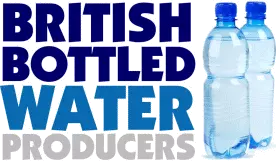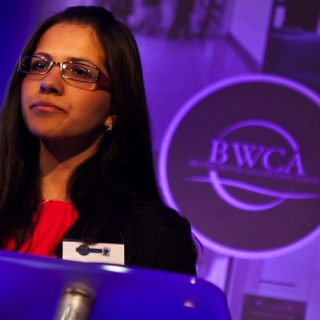
|

|
|
 
|
Water Cooler Market Achieves Growth For First Time Since 2007, Research Reveals |

|
| ◄ ◄ Return to Press Office | |
|
British Bottled Water Producers was proud to be one of the media partners to the British Water Cooler Association’s annual conference and trade show this year. The event took place on 3 April in Nottingham. Top five key trends & findings: - The total Water Cooler Market value now stands at £112 million – up 2.6% y.o.y. This is the first time the total cooler base - including both mains fed or Point of Use (POU) and Bottled Water (BW) Coolers - has grown since 2007, according to figures released at the annual conference of the British Water Cooler Association on 3 April 2014. The total number of cooler units grew by 0.8% according to Iva Hatzold, a Market Consultant from Zenith International, who was one of the speakers at the conference, where the keynote speaker was Lord Digby Jones. The total market (POU and BW combined) stood at 668,000 units in 2013. Addressing over 120 delegates, Ms Hatzold revealed that the value of the UK cooler market stood at £112 million, compared with £109million reported by Zenith International for the previous year (2012). Bottled Water Coolers Ms Hatzold said: “We didn’t expect it to perform as well. This is attributable to the good summer weather. During the summer months there was markedly increased volume of consumption. Once people were in the habit companies reported strong sales even after the good summer ended. This highlights yet again how important summer weather is to the sector”. With the Met Office predicting last week that Britain could expect hotter summers in future, this combined with the market research findings, will be viewed by the industry as positive. The researchers had expected a continued decline for BW coolers but the value of the sector grew as a result of the increase of water volumes. There is an upward trend both for BW rental and pack prices, so this is very good news for the BW sector. Respondents reported increased consumption of BW at construction sites, perhaps reflecting a recovery in the economy and the building sector in particular. The public and private sectors recovered differently: there was greater recovery in the private sector, according to Ms Hatzold. POU – Point of Use Water Coolers This is accounted for by SMEs (small and medium sized enterprises) choosing to install BW coolers as they find them easier to install and more flexible to use. Two market sectors bucking this trend are retailers and hair & beauty salons. Both seem keen to improve the customer experience but, possibly due to lack of storage space for bottles, they have been choosing to install POU machines. This is viewed as a growth area, albeit from a very low base, as retail has traditionally been the smallest segment of the total market with around 1% of sales in this area in 2013.. Although the POU segment’s market share has increased slightly y.o.y., rental and sales prices have continued to decline. Iva Hatzold says: “Even with the increased number of installations, overall revenue has declined. Price wars continue, especially in the public sector, as POU prices are now very low. The result is that POU companies rely on the service they offer as a main revenue stream”.* The office sector remains the biggest segment of the POU market with nearly 65% of the overall market; institutions come 2nd with 21% of the share. The segments with room for growth are domestic (1%) and retail (1%). Overall observations Domestic Bottled Water cooler sales remains limited and account for just 1% of sales overall. Explaining this, Iva Hatzold says: “Logistical problems are the main barrier. Companies seem to be giving up on this area or at least they are not talking about it. No-one has satisfactorily solved the issue of convenient deliveries for the majority of householders”. In response, BWCA Chairman John Dundon, said: “We thank Iva Hatzold and the Zenith team for revealing the data to us. Let’s hope for another good summer as this plays such an important role not just in immediate sales but, as we have heard, in encouraging a healthy hydration trend that continues long after the sun has gone down.” The BWCA conference and trade show was held at the Nottingham Belfry. Its sponsors were: Angel Springs, Pureflo, Fillongley Spring, Crystal Mountain and 4 Aces. *The value data refers only to sales and rental of machines as well as water sales. Peripherals such as cups and services such as sanitisation are not included in the data. where to buy abortion pill click abortion pills
Article posted on: 04 April 2014 NOTES TO EDITORS: | |
| ||||||||||||||||

|
||||||||||||||||
